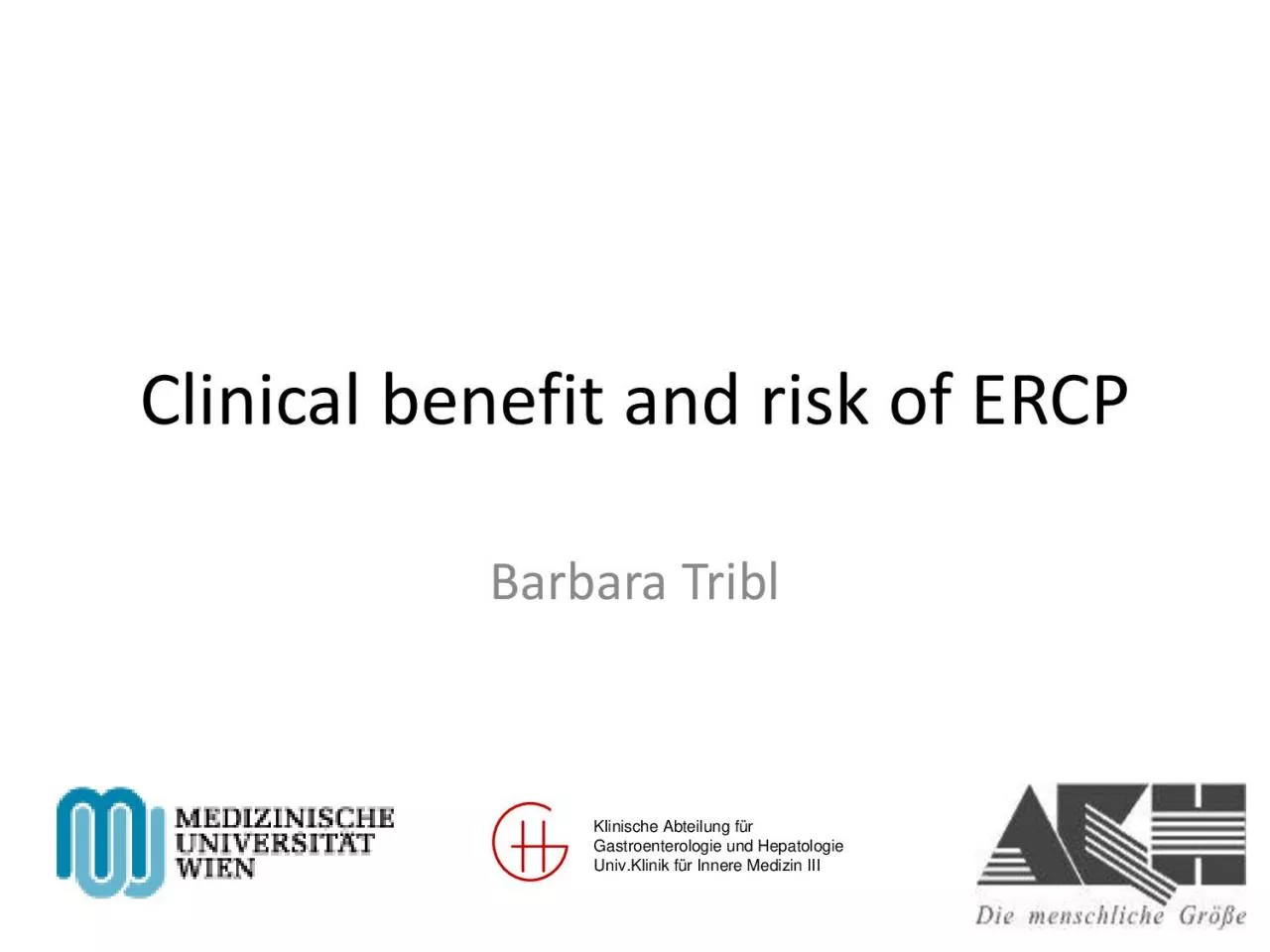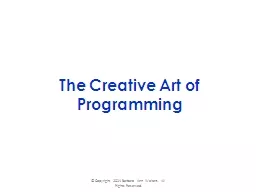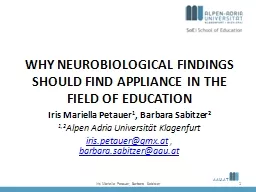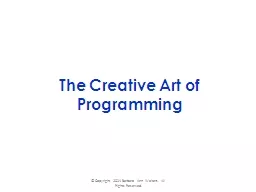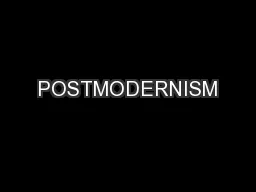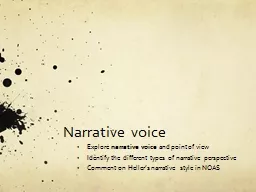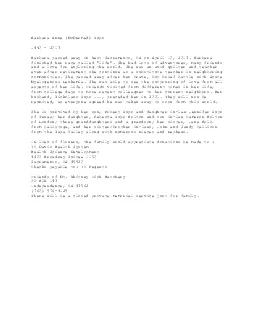PDF-Barbara Tribl
Author : dora | Published Date : 2022-09-08
Clinical benefit and risk of ERCP Endoscopic retrograde cholangiopancreatography ERCP Endoscopic technique in which a specialized side viewing upper endoscope is guided into the duodenum
Presentation Embed Code
Download Presentation
Download Presentation The PPT/PDF document "Barbara Tribl" is the property of its rightful owner. Permission is granted to download and print the materials on this website for personal, non-commercial use only, and to display it on your personal computer provided you do not modify the materials and that you retain all copyright notices contained in the materials. By downloading content from our website, you accept the terms of this agreement.
Barbara Tribl: Transcript
Download Rules Of Document
"Barbara Tribl"The content belongs to its owner. You may download and print it for personal use, without modification, and keep all copyright notices. By downloading, you agree to these terms.
Related Documents

